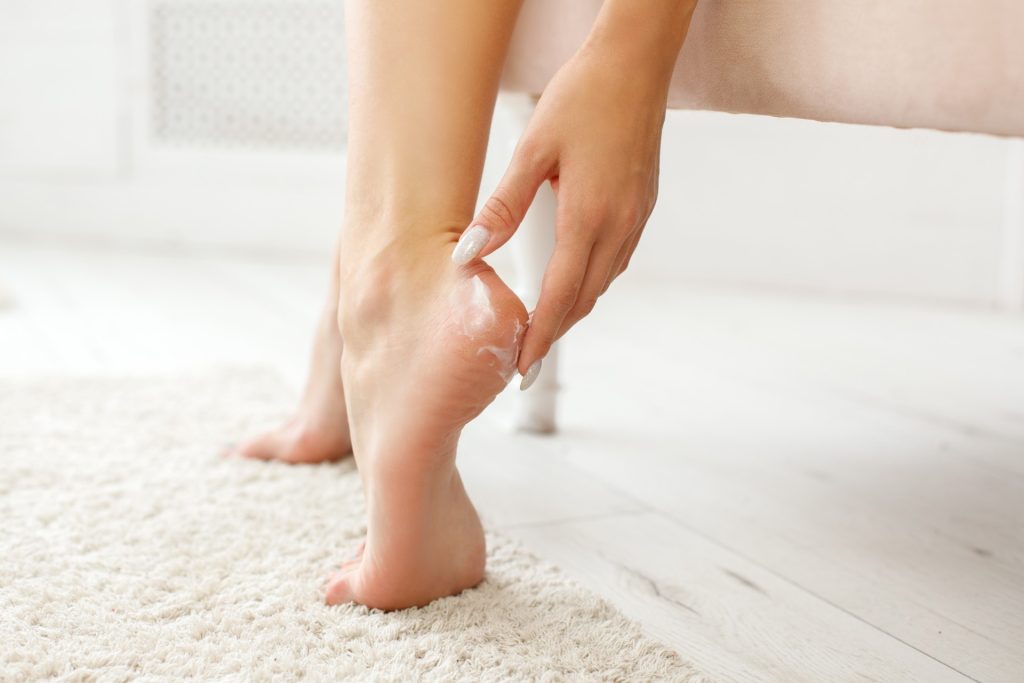Calluses and corns aren’t just cosmetic issues – they’re your body’s way of signaling something is wrong.
Others are reading now
Friction, pressure, and poorly fitting shoes or postures often lead to the formation of calluses on the feet.
While they may seem like a minor cosmetic issue, calluses are actually your body’s way of protecting your skin from stress.
Ignoring them or using improper remedies, like foot files or masks, could exacerbate the problem without addressing the underlying cause.
What Causes Calluses?
Shoes are often the main culprit, according to the Danish health magazine Helse. For example, calluses on the tops of your toes may result from shoes with a tight or low toe box.
Also read
They could also form from improper walking patterns, poor posture (like a sunken forefoot), intense physical activities, or jobs that place heavy demand on your feet.
To prevent recurring calluses, you might need support inserts tailored to your feet. A podiatrist can evaluate your gait, foot anatomy, and footwear to identify and address the root cause.
When Calluses Turn into Corns
Corns are a type of hard skin caused by excessive pressure, often painful and difficult to walk on.
They form when hard skin compresses and should only be removed professionally. Over-the-counter remedies, such as corn plasters, can worsen the problem by damaging the surrounding skin.
Using a foot file or attempting to remove calluses at home can also make matters worse. The friction from filing signals your skin to produce calluses even faster.
Instead, seek help from a podiatrist, who can safely and effectively trim the calluses.
Tips to Prevent Hard Skin
-
Scrub Away Dry Skin
After showering, gently scrub your feet with a nail brush, kitchen sponge, or pumice stone to remove dry skin. -
Dry Your Feet Thoroughly
Always dry your feet carefully after bathing, paying special attention to the areas between your toes. -
Use Foot Cream Daily
Apply a good-quality foot cream suitable for your skin type to keep your feet moisturized and flexible. -
Moisturize Before Bed
Before bedtime, apply a thick layer of foot cream to lock in moisture overnight. -
Choose Proper Footwear
Wear shoes that fit well, ensuring they don’t press or rub. Avoid shoes with narrow toe boxes or low caps that can cause calluses.
By following these steps, you can maintain healthier, pain-free feet and avoid complications associated with hard skin and calluses.

